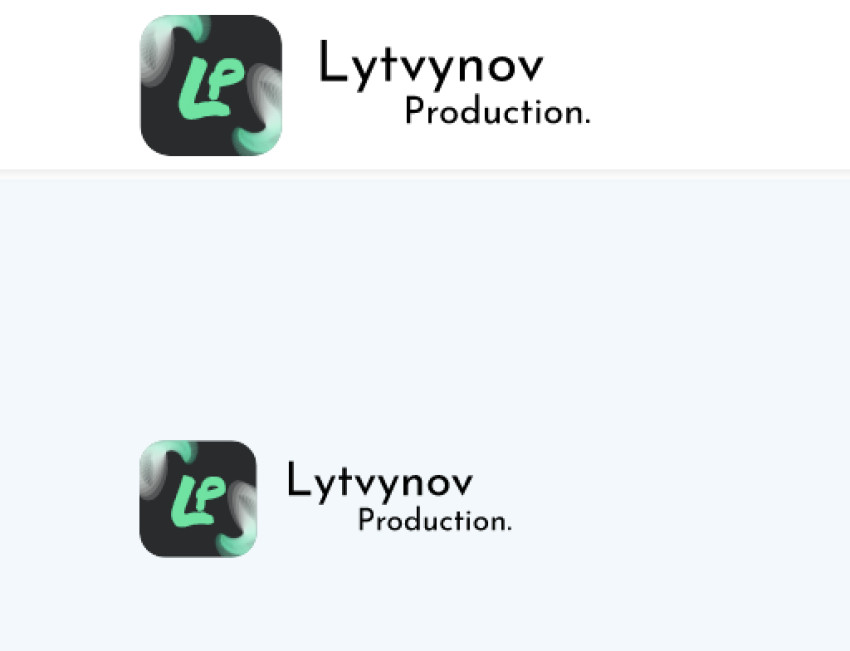
When in 2004 Globe Telecoms of the Philippines launched its G-CASH product as a competitor to the successful money transfer launched in 2000 by using Smart, the other cell operator in the Philippines, it seemed clean that it was most effective a count of time earlier than cellular payments and mobile banking have become a first-rate part of the way wherein terrible human beings obtained monetary offerings. The MicroSave-Microenterprise Access to Banking Services (MABS) M-Banking Dialogue 2009 held in Manila, triggered some reflection on what has modified in ten years inside the m-banking surroundings. This Briefing Note considers a number of the key developments.
Platform / Protocol In the early days of mobile bills, two essential troubles concerned capability providers. Would there be coverage in the areas in which the unbanked and capacity users will be located? And what applications / communications ought to the handsets help? It seems that they should were greater worried about business models, and patron price propositions.
The coverage difficulty has in large part disappeared, as a minimum for worldwide gadget for cell communique (GSM) services. Few would-be cell payment carrier carriers now seem concerned over insurance. In most low earnings markets general packet radio services (GPRS) services are now to be had and 3G has been released or is anticipated. Network reliability can also still reason concern, but is probably no extra an impediment to operations, than other infrastructure constraints routinely confronted in far flung regions (strength cuts, terrible roads and so on). In fact in many nations the cellular communication networks have proved the most resilient in instances of disaster. The evolution of the handset is more difficult to track, but is truly converting unexpectedly. Three trends appear relevant. Figure 1 highlights the quantity to which increasingly more phones are "improved" - by means of which we mean capable of manage over the air utility downloads using GPRS.
One of the principle issues ten years in the past was the problem component experienced when clients had to down load an application the use of subscriber identity module (SIM) toolkit. In fact maximum early answers requiring menu downloads or for customers to do not forget lengthy "strings of numeric codes" had been now not commercially a hit, and created an asymmetry among the segments centered and reached. Although concentrated on the unbanked, it turned into largely the banked and literate who have been capable of control the down load manner and the unbanked need committed assistance and aid to control this method which dramatically expanded the fees of launching a provider. With greater modern-day handsets, a dramatic fall within the costs of handsets, java applications, GPRS offerings (and an an increasing number of technologically-aware marketplace) these troubles appear largely to had been resolved for lots customers. Of identical challenge become the capacity of the SIM playing cards issued with the aid of cellular operators to handle the additional programs. Although little information is to be had evidently most networks have correctly migrated maximum customers to 64k SIM cards inside the normal direction of business, as a consequence eliminating the constraint and additionally casting off the want for clients to finish a probably puzzling SIM swap to avail of a mobile charge provider.
The 0.33 trouble issues security, with operators needing to make exchange-offs among ease of deployment and use and safety. These issues continue to be and stay a key characteristic of debates on an appropriate enterprise version and partnerships required to be triumphant. There are actually probably three agencies of "middle answers" and related commercial enterprise models that are competing within the market, which replicate these tendencies:
i) SIM structured and integrated solutions - The best recognize example of this sort of solution is M-PESA from Safaricom, that is now pre-loaded on all new Safaricom SIM cards. Being integrated into the SIM card, the answer can function, and became designed to operate, on the most primary telephone, and has stop-to-end encryption. However given the degree of technological integration this kind of solution is extremely hard for a non-cell network operator (MNO) to offer and for this reason offers an MNO a massive benefit over different cell bills carriers, and is thus a core characteristic of MNO lead enterprise models.
Ii) USSD solutions - equally a success are solutions that use unstructured supplementary provider facts (USSD) and easy menus to offer cell charge solutions. Bank cell price companies in South Africa have visible the best achievement with USSD
services. However because the preliminary leg of the transaction isn't encrypted or comfy, maximum of these offerings have been restrained to "closed loop transactions" - in which money is exceeded between money owed or users at a single financial institution, however no longer between banks. This is a big constraint to reaching tremendous use of cell bills as interactions may be limited to either the bank's personal clients and out of community bills need to be to cash. As all phones can use USSD, the solution can attain massive goal segments, and as the USSD provider does no longer require integration with the SIM card, these offerings can be released with minimal involvement of a MNO. Although the MNO wishes to comply with make the provider to be had and this has been a hassle in a few markets. In USSD answers anybody can "play" and banks have tended to be the winners.
Iii) GPRS/Java answers - involving downloads. As cited above downloading solutions to an "greater" telephone is drastically less difficult, and increasingly more humans have higher fine telephones, or soon could have them. It is possibly that the majority who are banked now have telephones that can take care of such downloads. This commercial enterprise version is possibly the most contestable as the downloadable application can be from a financial institution, mobile network operator or every other 1/3 party. The disadvantage remains that the answer is no greater at ease than gaining access to the net, and to compensate the company for the associated threat transaction expenses tend to higher.
What Might The Future Hold? The destiny enterprise terrain can be ruled by using trouble of consumer ownership and platform. Whereas the cellular operators will preserve to have the greatest herbal marketplace share and types, their capability to use this to fasten customers into services and products they offer will likely decrease. In the modern-day weaker international marketplace situations, and with even a few rising markets attaining saturation in the mobile telephone market, it appears likely that the value of stronger telephones will maintain to fall, and their penetration will hold to upward push. Over time, and as happened with the net, this can give more gain to whoever has the high-quality utility and marketing marketing campaign to get the utility on to the person's smartphone or to attract them to their cellular enabled web web page. In this recognize the declaration that Nokia phones will in future come with a pre-loaded Nokia money answer that enables some form of card to card charge (as it is based totally on a service supplied by Obopay, http://www.Obopay.Com ) alerts the begin of tons extra opposition over what application will outline the mobile price area.
What does this imply for cell operator led techniques? The cellular operators face an interesting predicament. Their cell payment offerings presently leverage 3 "property": their potential to provide services from the SIM card (and their control of the SIM card), their capability to decide the prioritisation of messages and an intensive distribution infrastructure (that become in the beginning installation to promote airtime). However some mobile operators have an express approach to use their cell price platforms to permit customers to purchase airtime with a tremendous rebate. This includes substantially price financial savings for the MNO, because the cost to deposit finances into a cellular account are normally an awful lot cheaper than the amount a MNO can pay to its reseller community. However it is not within the long term pastimes of the reseller to sign on clients to a cell money carrier, as to the quantity to which the customers stop buying airtime thru the business enterprise community, their enterprise will decline. Resolving the complexity of the position of the reseller in promoting the cellular fee provider is as a consequence a key element of the design of the enterprise model. In some times the MNOs are dependent on the sellers to promote cellular payments, despite the fact that due to the rebate offered to users it represents a long term hazard to the sellers' business. This contrasts with M-PESA in Kenya in which no rebate is obtainable, exactly to guard and sell the interests of the agents, who play a key role in patron registration and bills. In the Philippines the catch 22 situation is resolved through having separate income and carrier channels with the resellers no longer being responsible for the sale of the provider. At the same time plainly for the client, instantaneous access to airtime at a reduced fee stays one of the key drivers of the adoption of mobile payments in maximum markets.
For banks and MFIs, the possibility is to play seize up. Few have not begun been able to lessen their total price to provider low income clients thru leveraging mobile as a low fee channel, however at the least in South African banks and several rural banks within the Philippines, there may be enough revel in and client acceptance to begin to recall cellular as a core part of the "package". This experience, in addition to, new sales from airtime sales, remittance sales and bill payments will increasingly more feed into estimates of customer profitability and market possibility. Equally, a larger and larger number of more youthful customers get entry to and buy fee introduced offerings on their mobile telephones and want to find a cheaper way to fund such purchases rather than use airtime mins (or load). The herbal extension is for that reason for an increasing number of customers to undertake solutions that hyperlink their mobile phone with their financial institution account, or to download applications that facilitate this linkage.
Bottom-line for MFIs: More Options with Less Investment Whether mobile payments continue to be operator led or come to look more just like the card industry, does now not count too much to an MFI. Providing that a dominant and interoperable transaction infrastructure emerges, there should be important possibilities for MFIs to re-engineer business process to lessen prices using the abilities of cellular fee structures. This is already going on inside the Philippines, and in Kenya. However it's miles equally essential that any MFI considering adopting a mobile payments solution cautiously examines the fee proposition to its customers, and what competitor products/solutions are to be had.


